I am not normally political on my photography site, however I would like to call attention to a petition that has come out which is asking the town of Chamonix and Les Houches to ban circuses using animals from performing in the valley. Anyone who loves Chamonix either as a resident or tourist is welcome to sign it.
You can sign this petition (which is all in French) here – Stop aux Cirques avec Animaux .
The English Translation of the petition follows.
BAN Circuses with ANIMALS in Chamonix and the valley (Haute Savoie – 74)
Gentlemen,
We would like via this petition to draw your attention to the conditions of life and the exploitation of animals in numerous circuses which come each year in our communities, notably Cirque Star, many Médrano circuses, Cirque Jean Richard etc..
Like us, animals are endowed with emotions, the feel fear and they feel pain. They form strong social bonds and as we do, they want to live free.
We firmly oppose their exploitation and suffering for our “entertainment”.
And so we ask that you put into place a ban on circuses with animals in our towns.
During the low season, the animals stay in their transport boxes, in stables or even in trucks or trailers. It is rare that a circus has the means or the willingness to invest in proper shelters when they will only be used a few months a year.
This imprisonment has devastating physical and psychological consequences. An American study reveals that captive elephants spend around one quarter of their day in shaking their heads or moving from foot to foot compulsively, and bears pace the length and breadth of their cages.
Animals used in circuses are transported constantly from one show to another in an environment where their most elemental needs cannot be satisfied. For 90% of the time they are shut in trucks for “livestock” or in temporary enclosures and they can be beaten or punished with inhuman training methods. This has nothing to do with “entertainment”.
Animals in the circus are deprived of all which is natural and important to them. Their mental state is broken and they are isolated, chained, alone, degraded and without purpose. Animals used in performances frequently end up with behaviours such as pacing, biting their bars, turning in circles and self-multilation. It is now recognised that this neurotic behaviour is caused by their captivity and an artificial way of living for them.
All animals living in circuses have specific needs. Some such as lions need a hot climate, others like the bear require a colder climate. All animals have a requirement for space, natural activities and social links as well as food and water in sufficient quantity. In circuses, they do not all have this. They are shut in transit cages or electric fences and only are allowed out for their performance.
Because animals do not naturally ride bicycles, stand on their heads, balance on giant balls or jump through burning hoops, the trainers use whips, tight collars, muzzles, stun guns, bull hooks and other painful tools to force them to perform their number. Physical punishment has long been the standard training method for circus animals.
Captive animals are known to crack under this pressure. There are dozens of cases of death and injuries to humans which can be attributed to animals kept in circuses or other captive environments.
In their place, would we prefer a free life, with the risks that it entails, but to be able to take pleasure in our liberty surrounded by our families – or to live a life of solitude in a cage, travelling many kilometres and kilometres in a truck, then make a few circles at the behest of a trainer, to always be subjected to their will and to do unnatural acts such as to be forced to sit down – which for an elephant can actually cause grave internal injuries.
Would it not be better to encourage conservation programs for these species in their countries of origin, and to show beautiful documentaries on their lives to our children and adults who want to discover these animals in their natural environment ?
Here is an interview with the mayor of La Ciotat, Monsieur Boré Patrick , who has just banned circuses with wild animals in his town:
Here are some videos showing the training and consequences of this life on animals, several of which were recorded in France :
- https://www.youtube.com/watch?v=bU3QCqBQV5Q
- https://www.youtube.com/watch?v=ubcbzEIfchw
- http://www.dailymotion.com/video/xca3st_enquete-dans-un-cirque-zavatta_animals
- http://www.dailymotion.com/video/xhw6ij_elephant-maltraitance-cirque_animals
- https://www.youtube.com/watch?v=OkH5s3ulwvY
In your role as mayor and according to article 211 of the Code Rural, you have the power to take measures necessary to preserve the safety of persons who could be in the presence of animals in your town and also to refuse to allow the installation of a circus which holds animals.
A growing number of French towns such as La Ciotat recently, Truchtersheim (67), la Ville de Thaon Les Vosges, Bagnolet, Montreuil, Ilkirch, Vernaisson and Chassieu as well as many foreign cities and countries have already restricted or banned the use of animals for amusement – such as Belgium, Iran, Catalonia in Spain, Sweden, Denmark, Finland, Austria, Mexico, the USA, Canada, Slovenia and India ….
Times have changed. It is no longer acceptable to treat animals like objects for our amusement. We hope that you will be in agreement with this position, and that you will become an example for other French towns in refusing to give out permits for circuses with wild animals in the public territory.
We are aware this decision is difficult to make, but it is a courageous one.
Here is a template for deliberating the banning of circuses with animals in your town : http://www.cirques-de-france.fr/sites/default/files/doc_a_tel/Delib_Conseil_municipal.pdf
The French, and permanent foreign residents who live in your communes, as well as the tourists who all love animals thank you in advance for taking this progressive decision.
In awaiting your response, and please accept our sincere greetings,
You can sign this petition (which is all in French) here – Stop aux Cirques avec Animaux .


 Français
Français

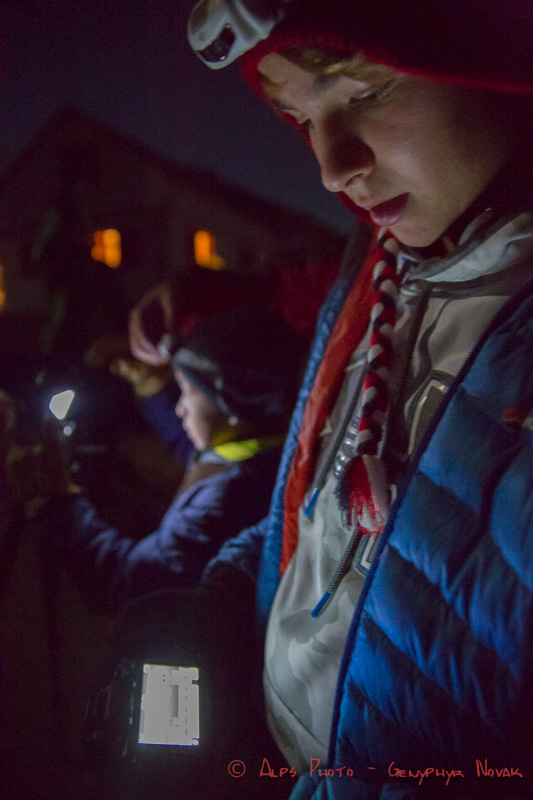
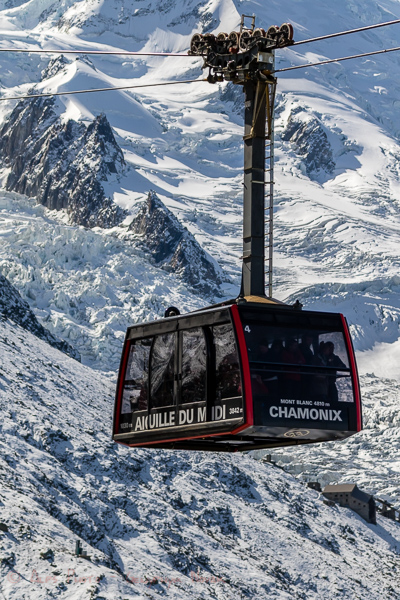
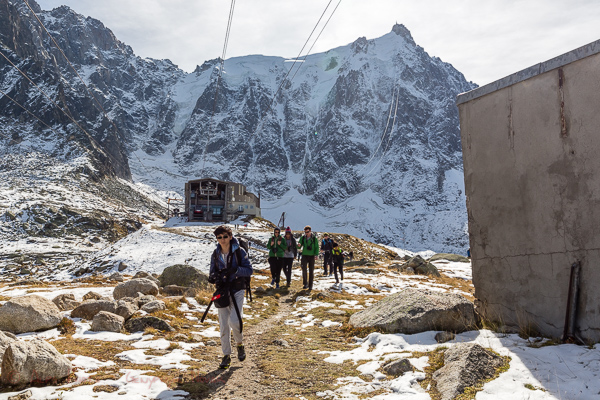
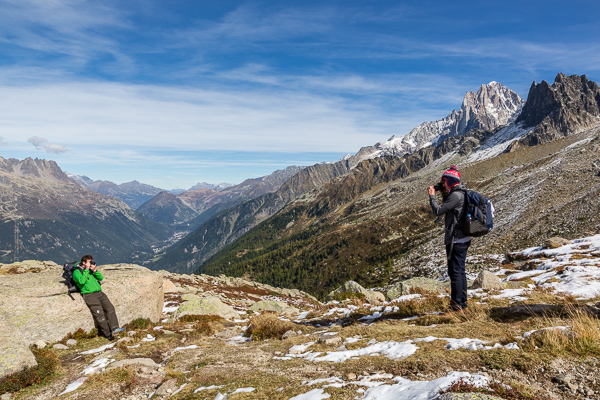
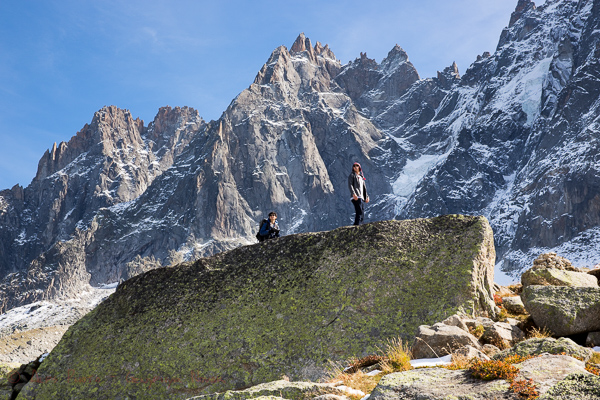
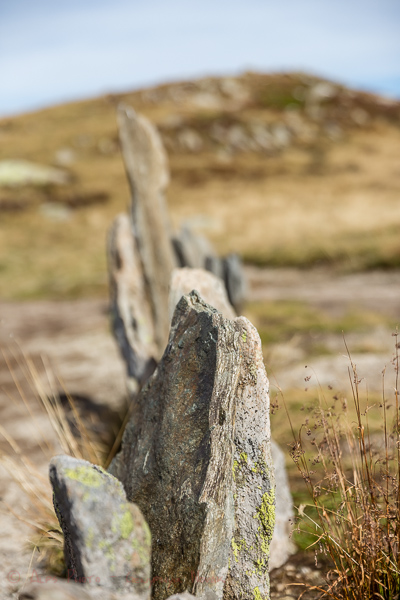
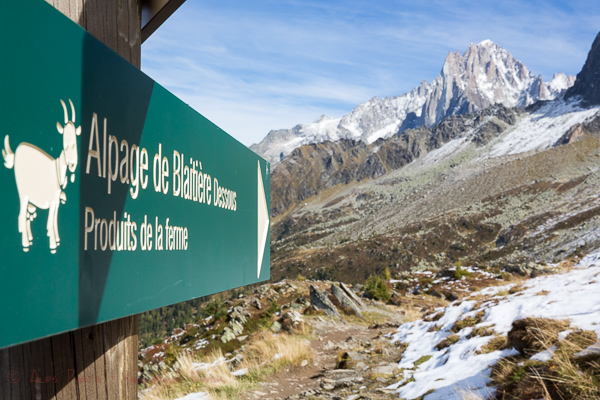
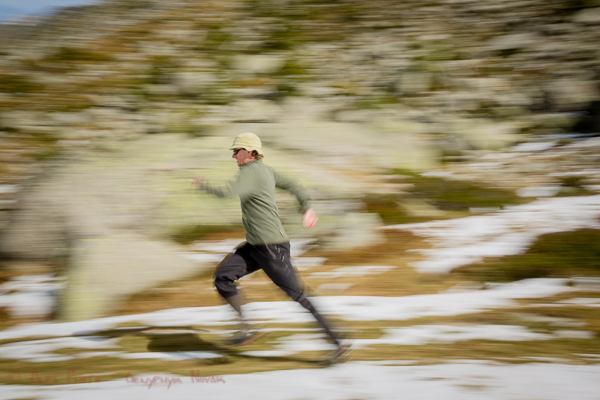
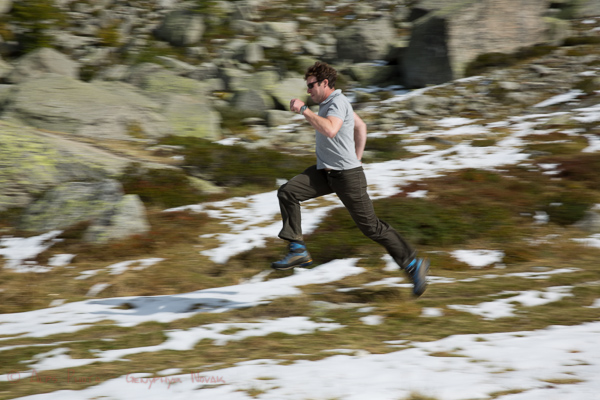
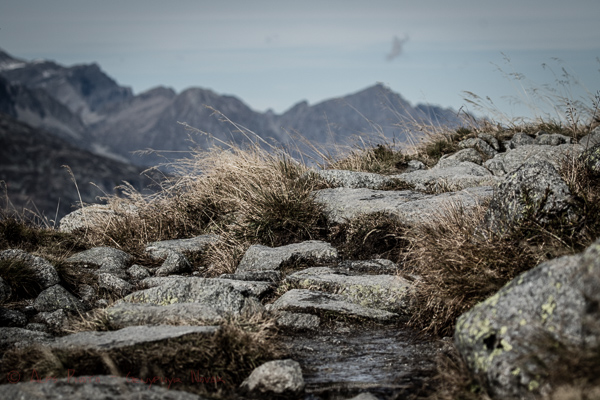
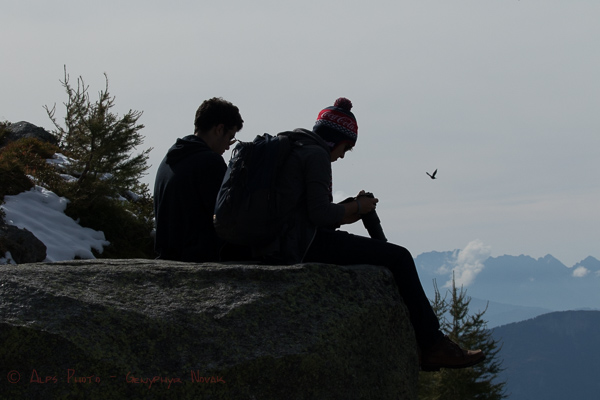
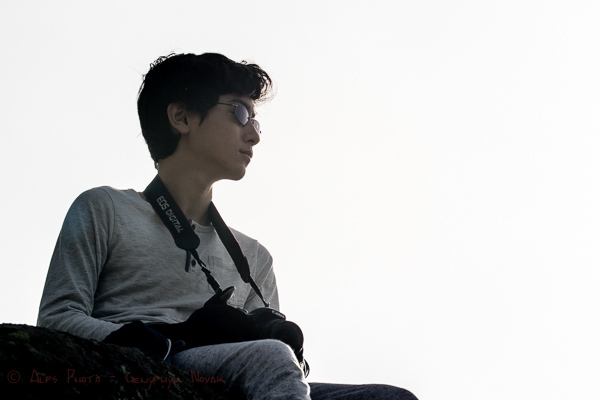
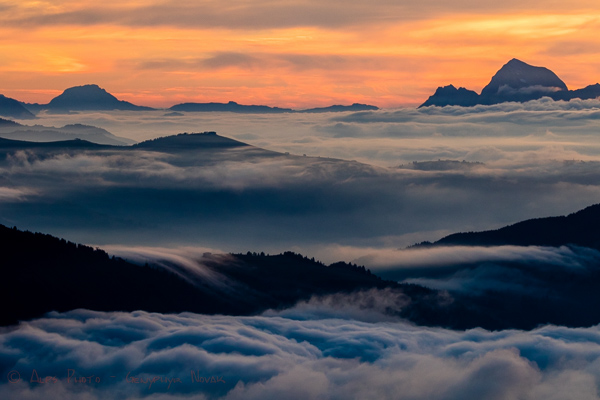
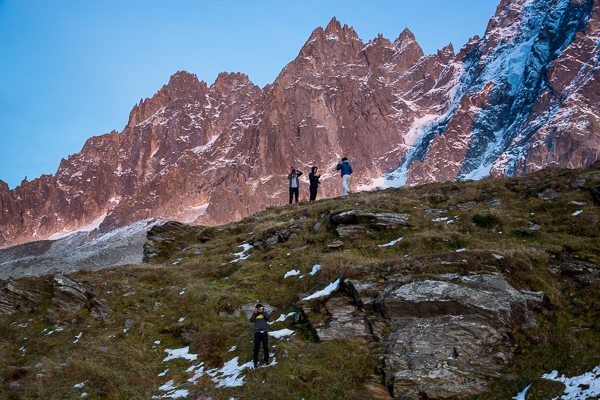
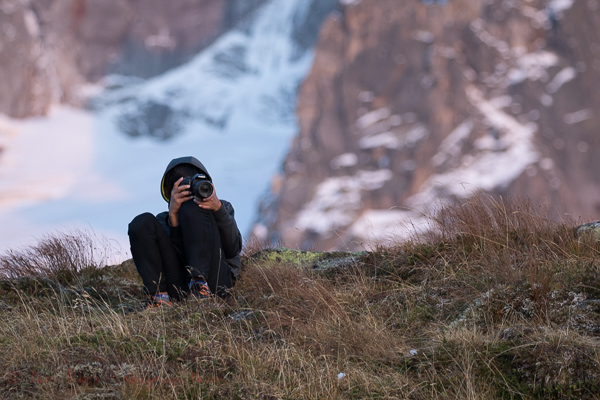
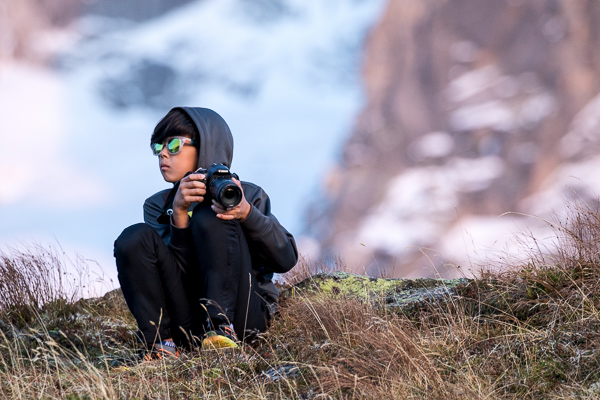
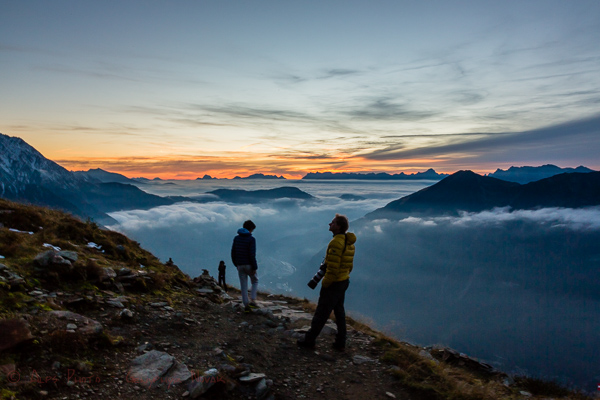
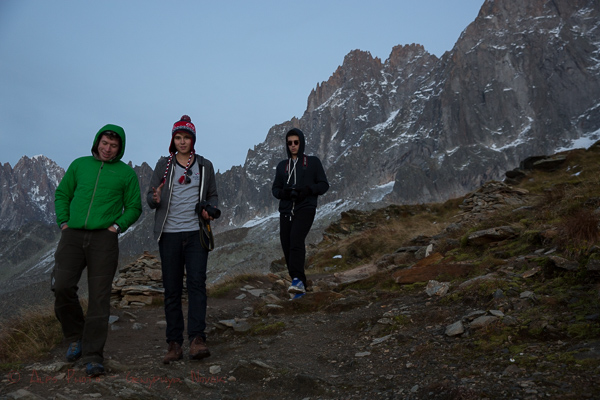
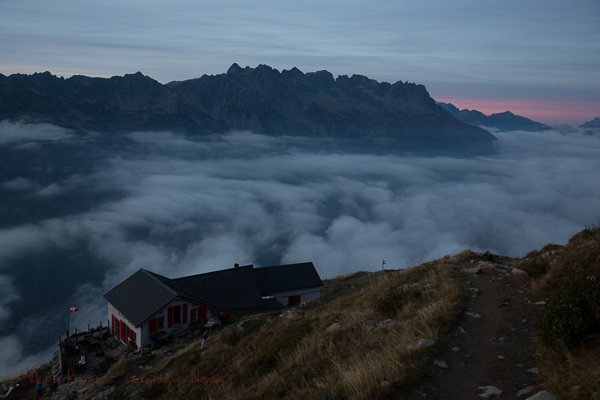
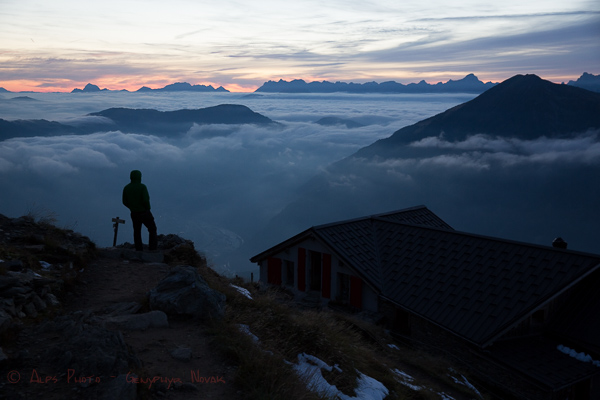
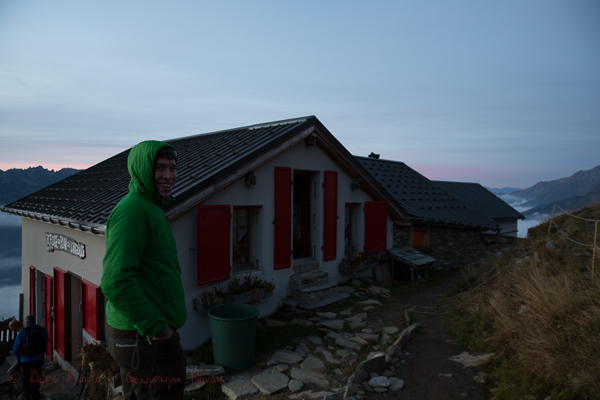
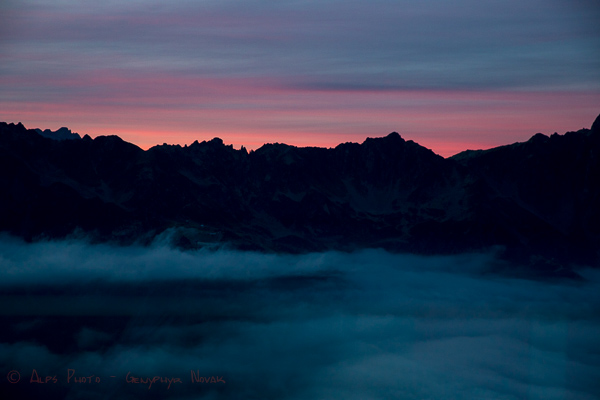
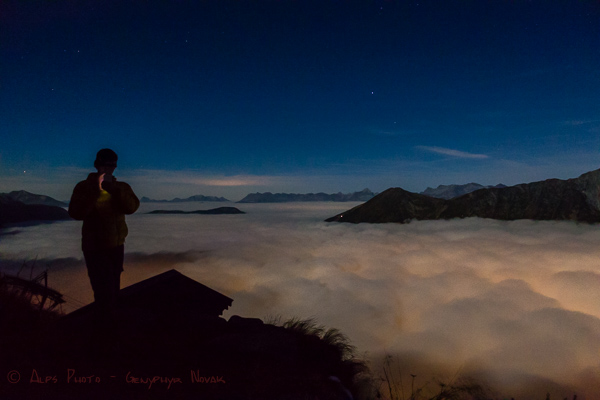
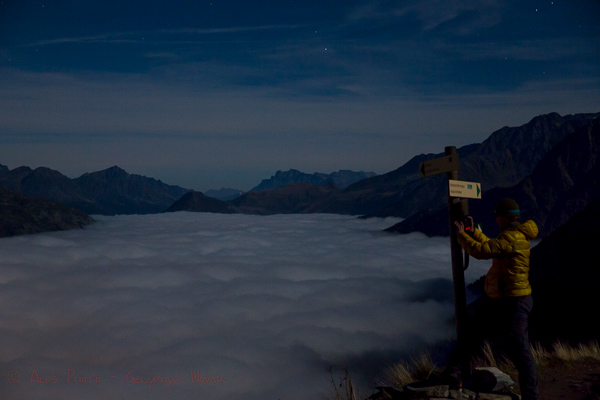
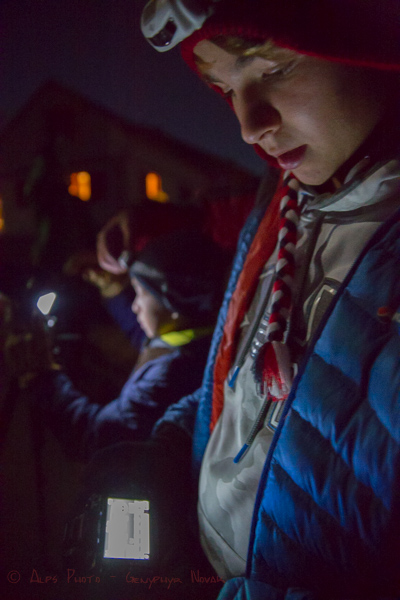
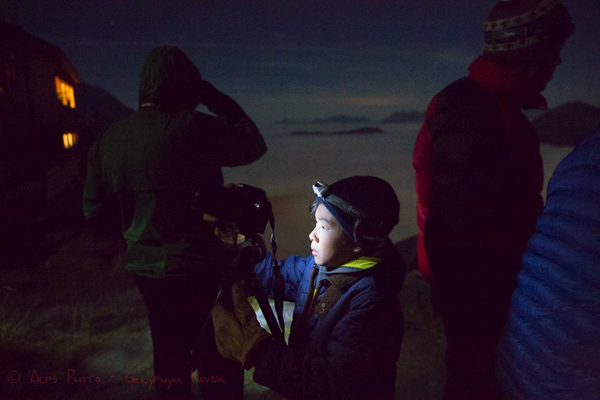
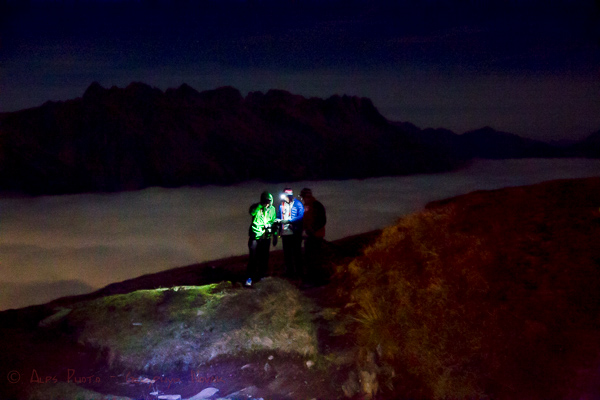
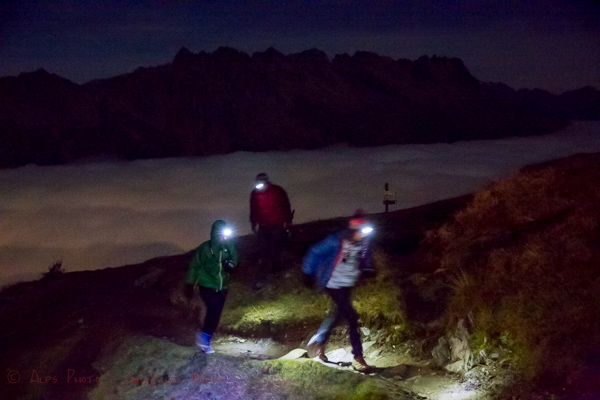
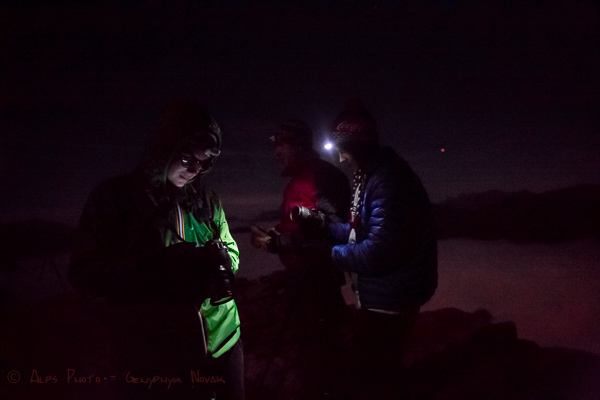
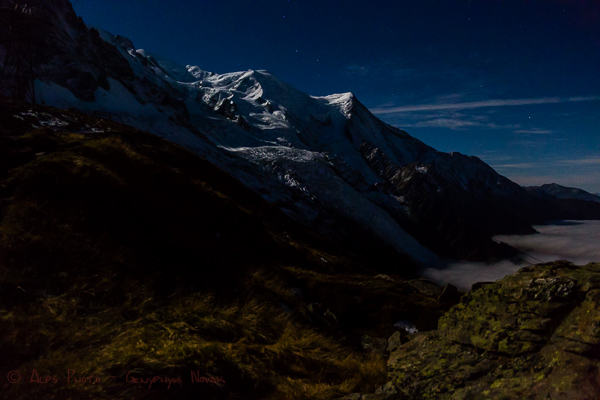
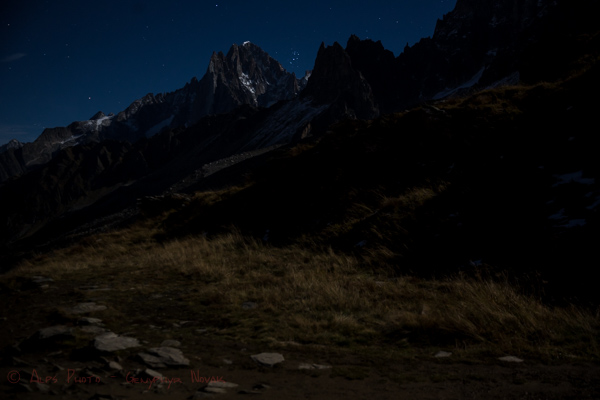
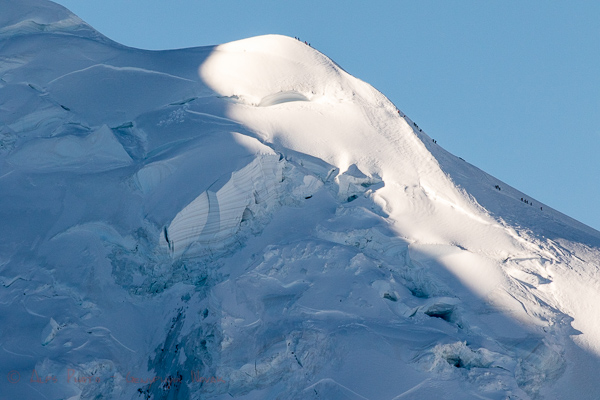
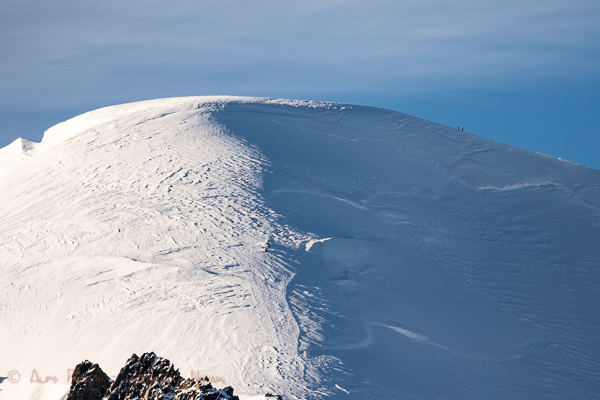
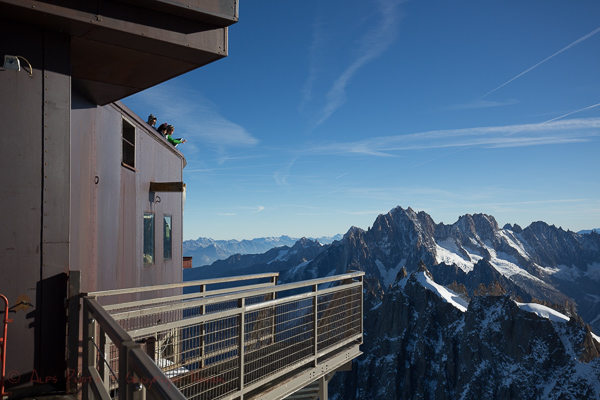
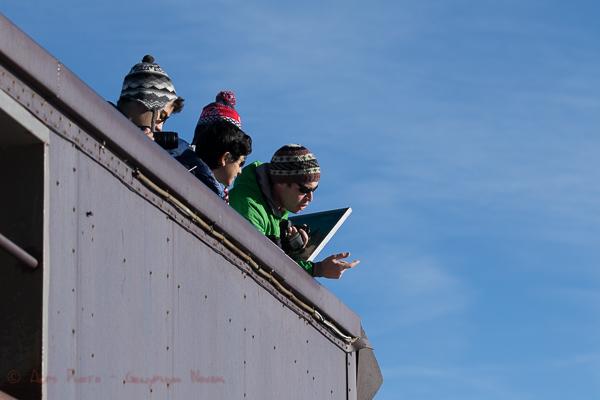
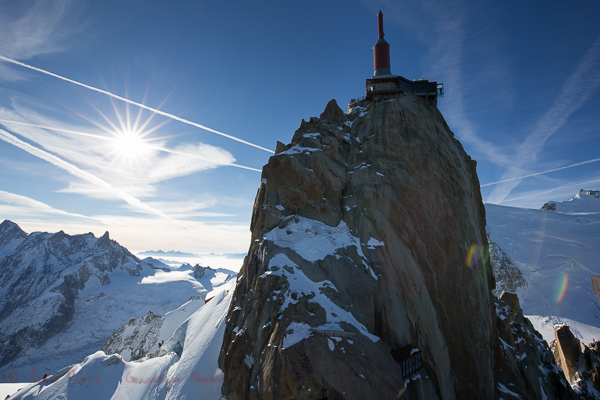
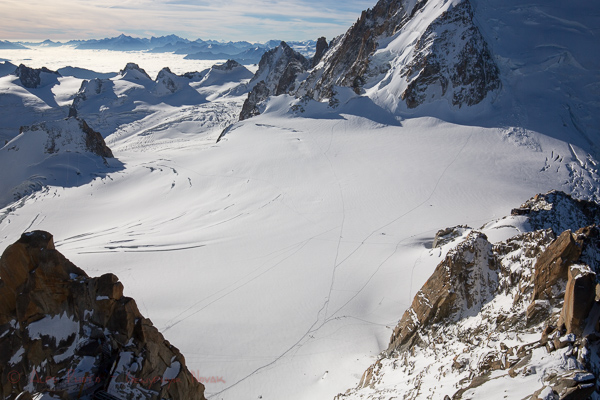
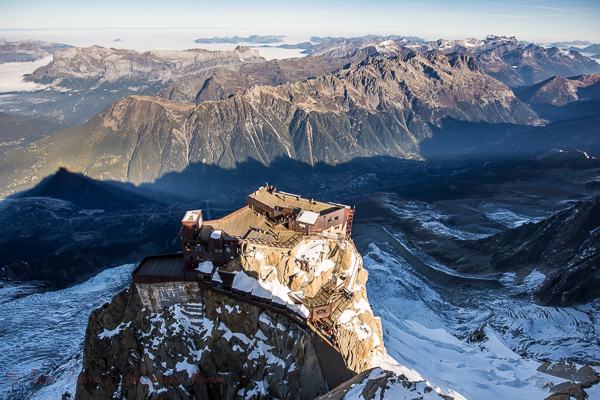
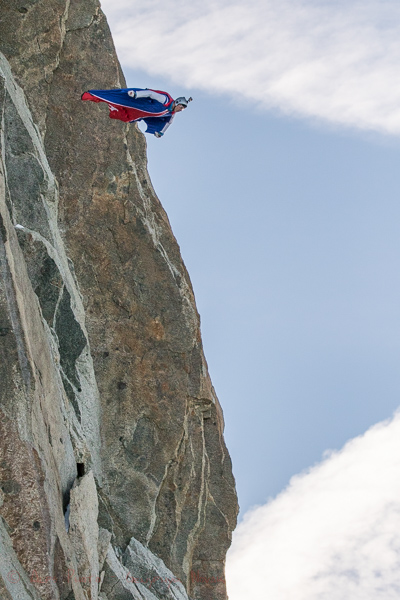
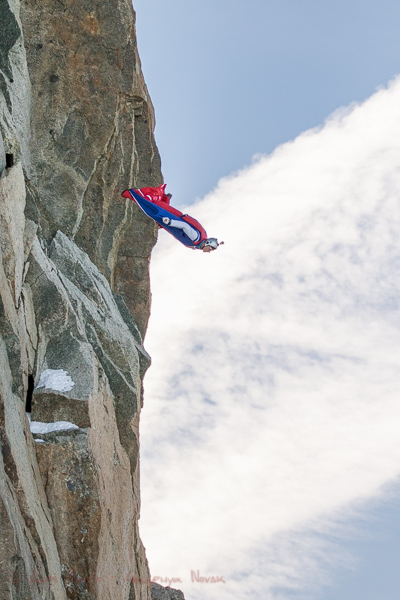
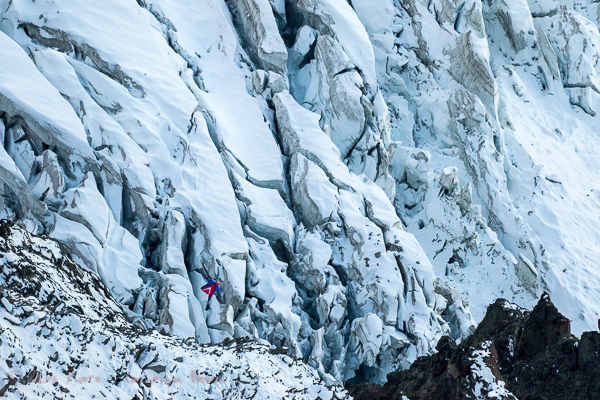
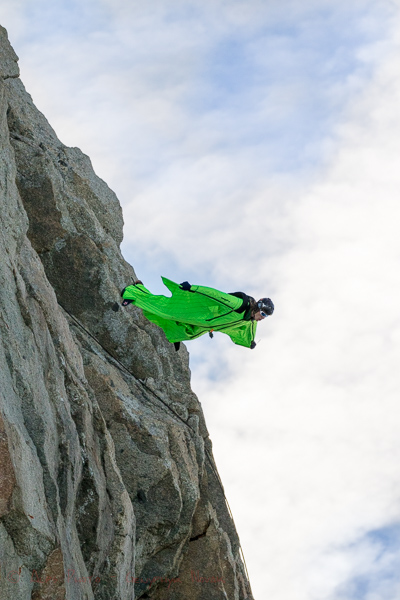
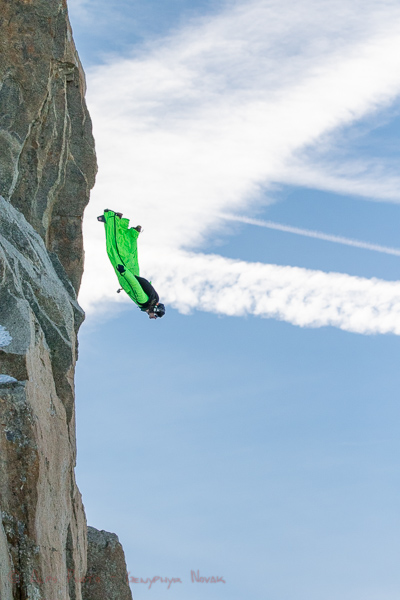
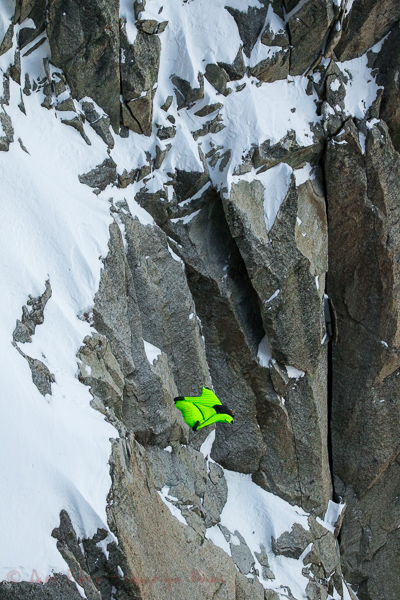
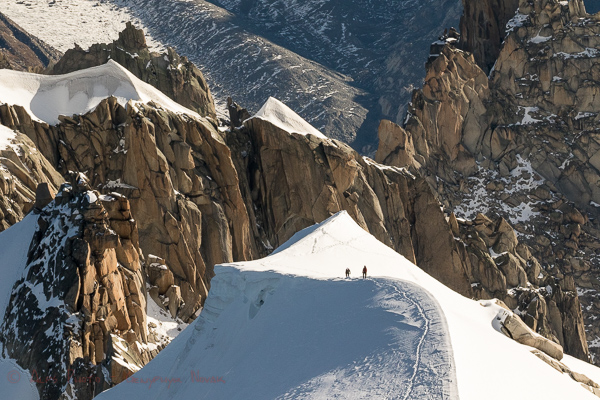
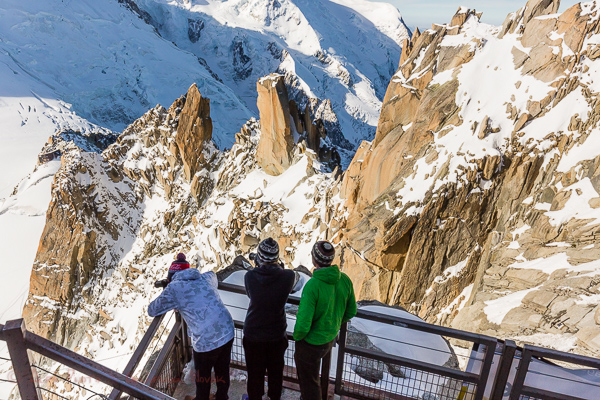
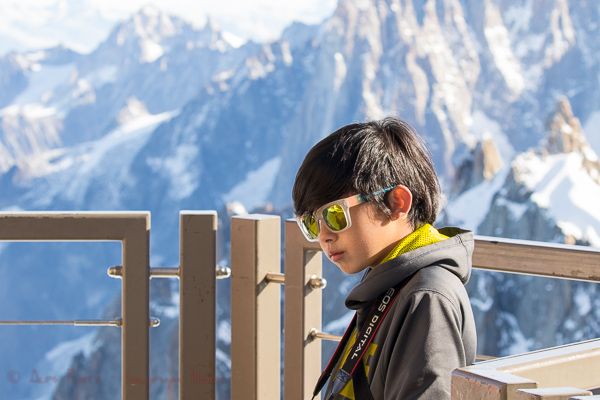

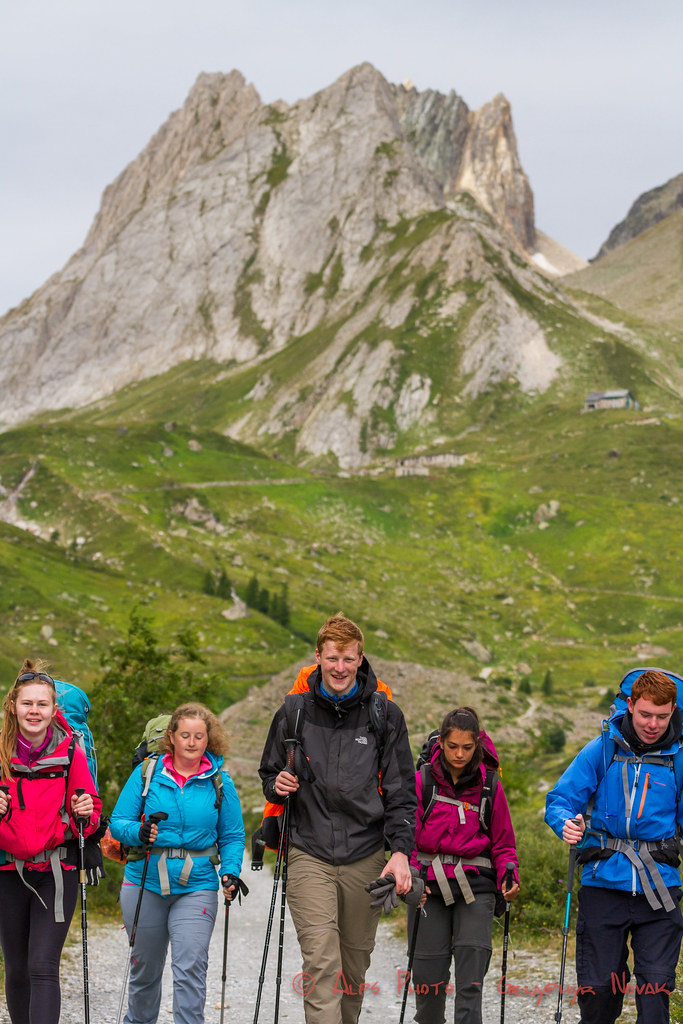





 Projection of the amazing photography of Pascal Tournaire at the Maison de l'Alpage in Servoz at 19h tomorrow -...
Projection of the amazing photography of Pascal Tournaire at the Maison de l'Alpage in Servoz at 19h tomorrow -...